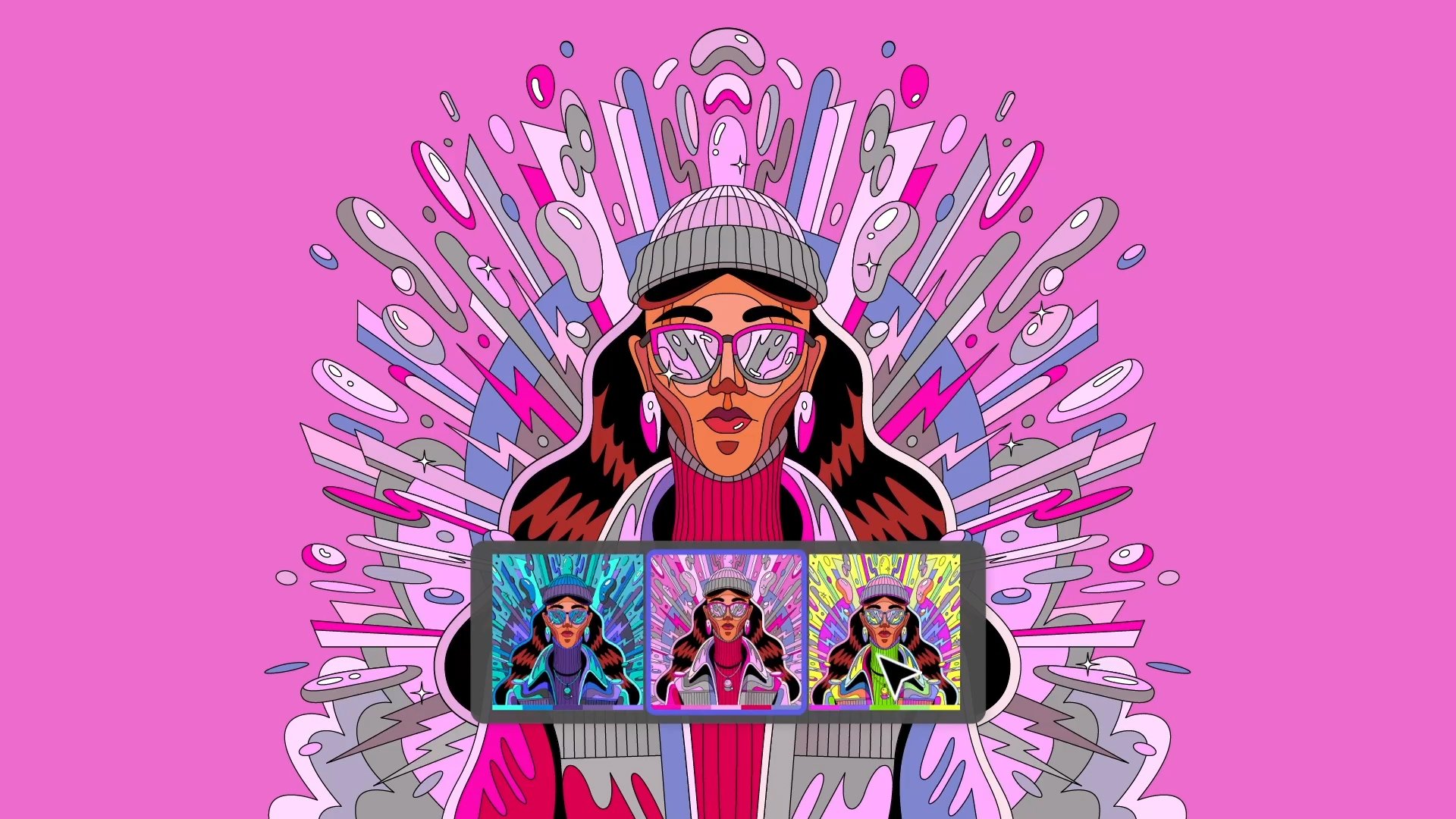AI & Creativity: Will Designers and Illustrators Still Have Jobs in the Age of Artificial Design?
With the rise of AI in creative industries, there’s a lot of noise about whether designers, illustrators, and artists will be replaced. And look, it’s a fair question. AI tools are evolving fast. They can generate images, compose music, write content, and even mimic artistic styles in seconds. But here’s the thing: creativity isn’t just about speed or replication—it’s about meaning. And that’s still something only humans can bring to the table.
Let’s unpack why the future of design still very much needs real people behind the work.
AI is Smart, But It’s Not Imaginative
AI is brilliant at analysing data, learning patterns, and spitting out results based on what it’s seen before. It’s like a super powered search engine combined with a collage machine—it can take everything that already exists and remix it convincingly. But that’s not the same as coming up with an idea that’s never been seen before.
Great design isn’t about following the rules—it’s about knowing when to break them. AI doesn’t have instinct. It doesn’t feel. It doesn’t know what it’s like to grow up in a specific culture, to wrestle with doubt, or to have a moment of inspiration in the shower. All those intangible experiences are where the magic of creativity really lives.
Human Creativity Has Context (and Soul)
The most powerful creative work resonates because it carries emotional weight. Whether it’s a logo, a campaign, a mural or a hand-drawn illustration—what connects with people is the human story behind it. Good design reflects culture, politics, history, humour, struggle, joy. AI doesn’t live in the world, so it can’t respond to it in the same way.
As creatives, we draw on lived experience to create meaning. We see gaps, ask better questions, and connect dots in ways that machines simply can’t. And that’s not going away any time soon.
We’re Not Competing with AI—We’re Collaborating
This isn’t about us vs. them. It’s about finding smart ways to integrate AI tools into our workflow without losing the essence of what we do. AI can speed things up, automate tedious tasks, and even help spark ideas—but it’s still just a tool.
Use AI to test colour palettes. To generate mockups. To explore type combinations or visual references. Let it assist—but don’t let it take over the parts of your practice that require taste, judgement, and intuition.
When used well, AI frees us up to do more of the creative work that matters. More concepting. More experimentation. More refinement.
The Future Is Human-Led, Tech-Enhanced
The design industry is evolving, just like it always has. But that doesn’t mean there’s no place for creatives. In fact, as AI-generated content becomes more common, human creativity will only become more valuable. Authenticity, originality, and emotional resonance will be the markers of standout work in a sea of sameness.
So instead of fearing the shift, embrace it—with a critical eye and a creative heart.
Wrapping Up
Yes, AI is here—and yes, it’s changing the way we work. But the spark that makes creativity meaningful? That still comes from you.
The future belongs to artists and designers who can adapt, think critically, and use tools like AI to amplify their ideas—not replace them. So keep making, keep learning, and keep showing up with the one thing AI will never have: your lived experience, your voice, and your point of view.


